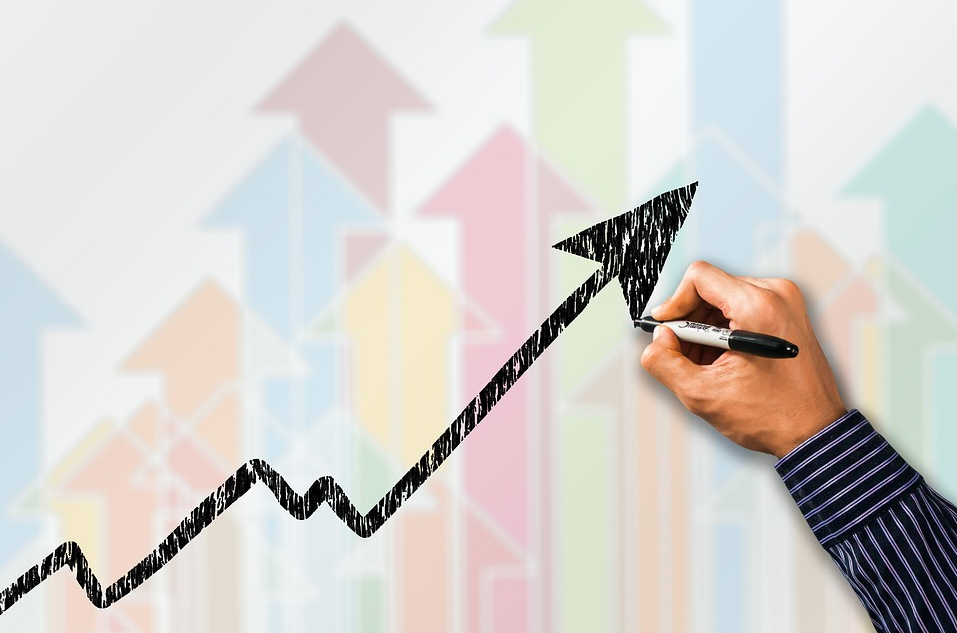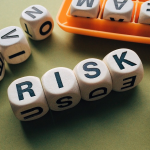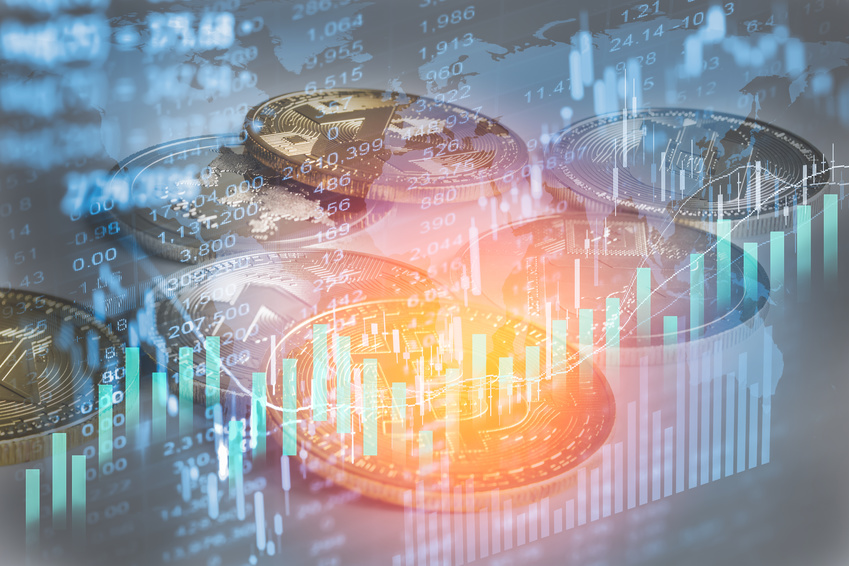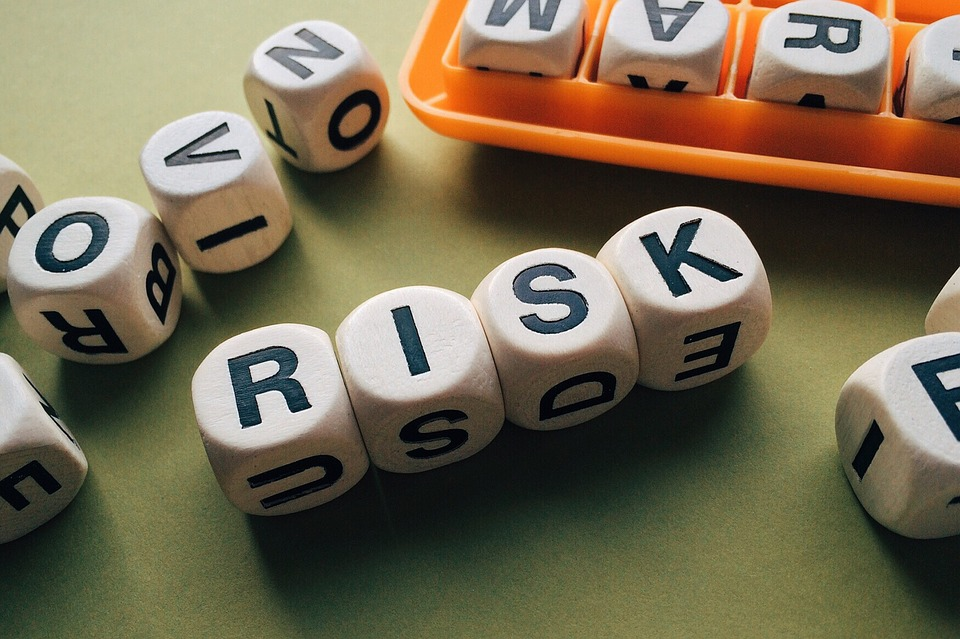
Calculate your personal trading leverage for CFDs and forex or cryptocurrencies. It also includes important tips and hints for optimal use in practice.
I recently read an interesting sentence:
“Professional traders don’t need a bold account to trade successfully.”
And I think there is some truth to the statement.
If you know what the leverage is in trading and how to use it optimally, you will understand this statement at the end of the article.
What is Leverage in Trading?
Leverage is also explained in general literature by the leverage effect. Leverage means nothing but leverage.
The leverage effect describes the ratio of equity employed to debt capital in an investment through which a leverage effect can be achieved. Companies can achieve a higher return on equity through the leverage effect if the interest rate on debt capital is generally not higher than the return on equity.
Overall, the leverage effect can be positive or negative.
In trading it means that I can achieve a high return with low equity and high debt. But the downturn can also be accelerated if I am wrong.
If I trade a derivative with leverage 10, then my derivative moves 10 times in relation to the (derived) underlying.
In order to approach the topic of “trading leverage”, we start with two practical examples, especially in forextrading.
Examples of leverage in trading
FX trading is traded in LOT and settled in pips. 1 LOT corresponds to a trading volume of 100,000 USD or monetary units. The smallest possible unit is 0.01 micro-LOT (1,000 USD).
Example 1: Trading without leverage
We now want to trade 1 LOT (which is quite a lot). If we don’t want to have a leverage effect, we have a leverage of 1. That means we would have to invest USD 100,000 equity. If the traded FX pair moves into my desired account and is settled at 105,000 USD, then I have earned 5% return on equity.
Example 2: Trading with leverage
We want to move USD 100,000 as in the first example, but are not willing (or able) to raise USD 100,000 equity. So we borrow from the broker for this trade, 80,000 USD.
This results in a leverage of 1:5, since I have used 20,000 USD equity and 80,000 USD debt capital.
The result is again a positive development with settlement at 105,000 USD account balance.
What does my return on equity look like now?
In this case I calculate the 5,000 USD profit on the lower equity investment of 20,000 USD and come to 25% yield.
Have you realized how the leverage effect (leverage) works in trading?
I can simply achieve a leverage effect by raising outside capital, which in a positive case ensures a higher return on equity.
If I only have a 3-4 digit custody account, I can still move very large sums depending on the broker. Whether this makes sense is a different matter, because the medal, as always, has two sides.
We will come to the correct calculation and risk-adjusted choice later in this article. Next, we have to look at other financial instruments.
CFD Trading With Leverage
The leverage for CFDs is calculated as follows:
In the CFD segment we are again approaching the calculation method from the Forex market. However, there are two different types of leverage in CFD trading:
1. Position Leverage
We want to trade the DAX and have a current price of 10,000 points. We can trade CFD contracts from 0.1 points. If we trade 1 CFD, we move 1x the DAX, currently 10,000 points.
Now the leverage is again calculated on the basis of my equity. If my account is at 5,000 USD and I trade 1 CFD contract, then I have a leverage of 2.
Index level x number of units / equity = leverage
10.000 x 1 / 5.000 = 2
Now we come to the product leverage.
2. Product Leverage
The product leverage is calculated on the basis of the margin to be deposited. This margin is determined by the broker and may vary from asset to asset. A lower margin is generally required for more liquid underlyings, which enables a higher product leverage.
If the margin in the DAX CFD is 1% of the trading volume, then I have deposited a safety margin of USD 100 at 1 CFD (starting from the DAX level at 10,000 points). The broker “blocks” this amount from the paid-in trading capital for the duration of the trade.
If my account capital is USD 5,000, I still have USD 4,900 available for further trades after deducting the margin.
Now that you know what leverage is and how it is calculated for certain financial instruments, we come to the right position size.
So How To Calculate YOUR Leverage
Nothing destroys trading accounts as quickly and regularly as too high a lever.
Many beginners succumb to the appeal of fast profit. Often 500% and more are achieved on demo accounts in 2-3 days, which tempts trading beginners to want to achieve this performance now with real money.
What works once, will work again, right?
No unfortunately not and if nevertheless, then it is pure luck and is definitely revised over the increasing number at trades! Trading psychology plays a decisive role in this.
Trading is not about getting rich quickly with a monster trade. Successful traders have a duplicable setup, which can be used daily and enables constant (small) profits.
When I speak of small position sizes, I mean the 1% rule in trading.
After that you only risk 1% of your current account capital per trade.
If you have 1,000 USD at your disposal, then you can only risk 10.00 USD per trade. This allows you to test and optimize your setup extensively and theoretically produce 100 miss trades at a time (which is very unrealistic).
With such small accounts, CFD trading is usually more suitable because there is no order fee depending on the underlying.
On the basis of this 10.00 USD you then calculate a sensible position size. If you are trading in the DAX, you will have to decide how many CFDs you want to trade, depending on your trading style.
The Swingtrader will tend to use 0.2 CFDs on the basis of another stop loss. At 10.00 USD risk he could then afford an SL of 50 points. His trading leverage is 2.
The scalper will probably trade 0.7 CFD on the basis of a tight stop loss and a few points to take profit, which gives him about 15 points to SL. His leverage is 7.
You can see that you always use the leverage over the size of the position and the risk taken.
In addition to the 1% rule, there are other ways to determine the correct lever.
One hint I remember in one of the many trading books I’ve read is the existence of the personal slipping factor.
According to this, every trader has a personal slipping factor. One can call it a psychological hurdle or limit. Once this limit is reached, traders often become emotional and make wrong decisions.
He says what book loss (in USD) makes me tremble and starts to slide nervously back and forth on the office chair. With Trader A this can be the case with -50 USD, with Trader B with -200 USD, etc.
You have to determine your personal slipping factor so that you know which book loss you can cope with psychologically. Of course, this depends on your account size and your experience.
But there is one thing we still have to clarify.
The first sentence of the article was:
“Professional traders don’t need a big account to trade successfully.”
Now that you know what leverage is and how it can be used, you can decide for yourself whether and how to evaluate this statement.
For me it is partly correct, but also dangerous. Traders of small accounts tend to use a higher leverage to make “big” profits in monetary terms. The 1% rule is often not observed and a number of bad trades then lead to a downward spiral.
Regardless of Leverage – first and foremost, a profitable trading strategy must be in place, otherwise the leverage is pointless.
Conclusion:
Trading leverage is a tempting instrument. It can definitely speed up your ascent as a trader, but only very few people master it. This includes the knowledge about the different trading levers.
Take the time to understand every aspect of the financial instrument used and calculate your position size based on intelligent risk management.



